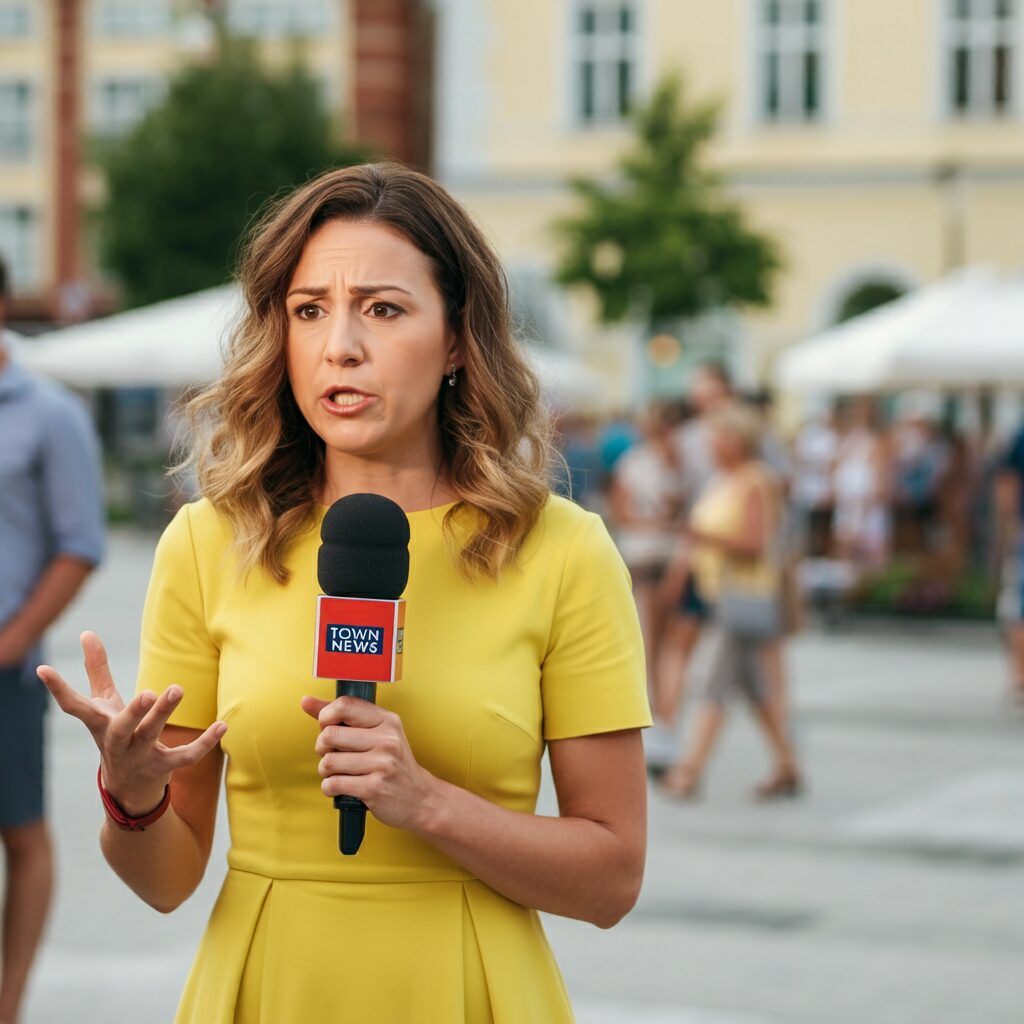
Okay, let’s craft a detailed and easy-to-understand article about the “Twin it! 3D for Europe’s Culture” project, based on the information from the Current Awareness Portal (current.ndl.go.jp/car/254168) and drawing upon related knowledge about Europeana and cultural heritage digitization.
Headline: Europeana and the European Commission Launch Phase Two of “Twin it! 3D” to Preserve Cultural Heritage
Introduction:
Europe’s rich cultural heritage is under constant threat from environmental factors, natural disasters, and even human activity. To combat these risks and ensure future generations can experience and learn from these invaluable treasures, Europeana and the European Commission have embarked on an ambitious project called “Twin it! 3D for Europe’s Culture.” The project, now in its second phase, aims to accelerate the 3D digitization and preservation of European cultural heritage sites and objects.
What is “Twin it! 3D for Europe’s Culture”?
“Twin it! 3D” is a large-scale initiative designed to create accurate and detailed 3D models of significant cultural heritage assets across Europe. The project envisions building “digital twins” of these sites and objects, essentially creating virtual replicas that can be used for various purposes, including:
- Preservation: 3D models provide a detailed record of the current state of a heritage site or object. This information is invaluable for monitoring deterioration, planning conservation efforts, and even reconstructing damaged or lost elements.
- Accessibility: Digital twins make cultural heritage accessible to a wider audience, regardless of their geographical location or physical limitations. Virtual tours, online exhibitions, and interactive experiences can bring heritage sites to life for people around the world.
- Research and Education: 3D models provide researchers with new tools for studying cultural heritage. They can be used to analyze architectural features, examine artifacts in detail, and even create simulations to understand how these sites were used in the past. Furthermore, they can be incorporated into educational resources for students of all ages.
- Tourism and Economic Development: Engaging 3D models can enhance the visitor experience at cultural heritage sites. By offering virtual tours and interactive exhibits, the project can attract more tourists and boost local economies.
The Role of Europeana and the European Commission:
-
Europeana: Europeana is the European digital platform for cultural heritage. Its mission is to transform the world with culture. It works with thousands of European archives, libraries and museums to share cultural heritage for enjoyment, education and research. Europeana plays a crucial role in aggregating, standardizing, and providing access to digitized cultural heritage content. “Twin it! 3D” contributes directly to Europeana’s collection, enriching it with high-quality 3D models. Europeana will ensure long term preservation and accessibility of these 3D models.
-
European Commission: The European Commission is the executive branch of the European Union. It provides funding and policy support for cultural heritage preservation and digitization initiatives. The Commission recognizes the importance of cultural heritage for European identity, social cohesion, and economic growth. The funding is provided through programs like the Horizon Europe.
Phase Two: Building on Success
The launch of the second phase of “Twin it! 3D” signifies the project’s success and its continued importance. Phase two will likely:
- Expand the Scope: Digitize an even larger number of cultural heritage sites and objects across more countries.
- Improve Technology: Employ advanced 3D scanning and modeling technologies to create even more accurate and detailed digital twins.
- Enhance Accessibility: Develop new tools and platforms for accessing and interacting with the 3D models.
- Foster Collaboration: Encourage collaboration between cultural heritage institutions, researchers, and technology providers.
- Upskilling: Training opportunities and materials for digital skills.
The Importance of 3D Digitization for Cultural Heritage:
Traditional methods of documenting and preserving cultural heritage, such as photographs and written descriptions, have limitations. 3D digitization offers several advantages:
- Accuracy: 3D models capture the precise shape, dimensions, and surface details of a heritage site or object.
- Completeness: 3D models can represent complex structures and intricate details that are difficult to capture with other methods.
- Longevity: Digital models can be stored and replicated indefinitely, ensuring the long-term preservation of cultural heritage information.
- Versatility: 3D models can be used for a wide range of applications, from virtual tourism to scientific research.
Conclusion:
“Twin it! 3D for Europe’s Culture” is a groundbreaking project that promises to transform the way we preserve, access, and interact with European cultural heritage. By leveraging the power of 3D digitization, Europeana and the European Commission are ensuring that these invaluable treasures will be available for generations to come. The launch of phase two demonstrates a continued commitment to protecting and promoting Europe’s rich cultural legacy in the digital age. As technology advances and accessibility grows, the impact of this project will undoubtedly be felt across Europe and beyond, enriching our understanding and appreciation of the past.
Europeanaと欧州委員会、文化遺産の3Dデジタル化と保存を推進するプロジェクト“Twin it! 3D for Europe’s Culture”の第2フェーズを開始
The AI has delivered the news.
The following question was used to generate the response from Google Gemini:
At 2025-06-16 08:54, ‘Europeanaと欧州委員会、文化遺産の3Dデジタル化と保存を推進するプロジェクト“Twin it! 3D for Europe’s Culture”の第2フェーズを開始’ was published according to カレントアウェアネス・ポータル. Please write a detailed article with related information in an easy-to-understand manner. Please answer in English.
542